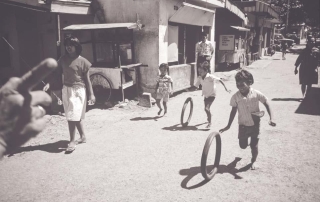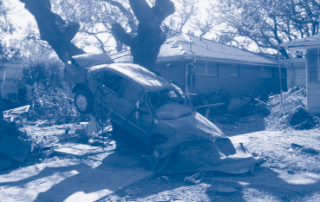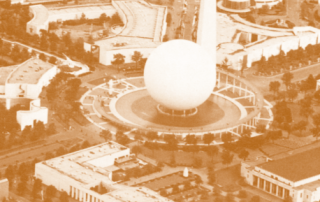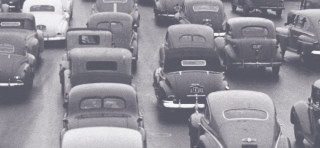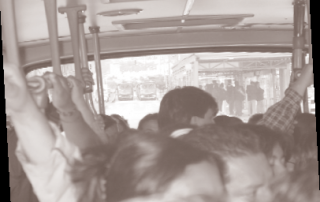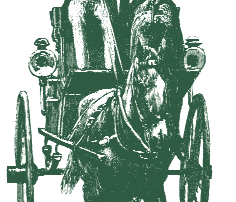Melvin M. Webber: Maker and Breaker of Planning Paradigms
Sir Peter Hall
Melvin M. Webber died two days after Thanksgiving in the Berkeley home where he and his wife Carolyn had lived peaceably for nearly half a century; they would soon have celebrated their golden wedding anniversary, but at the age of 86 his multiple myeloma cheated them of their festival. With him passed an era in the history of Berkeley’s Department of City and Regional Planning, where he had spent nearly all his long academic life and to whose international pre-eminence he had so profoundly contributed.


